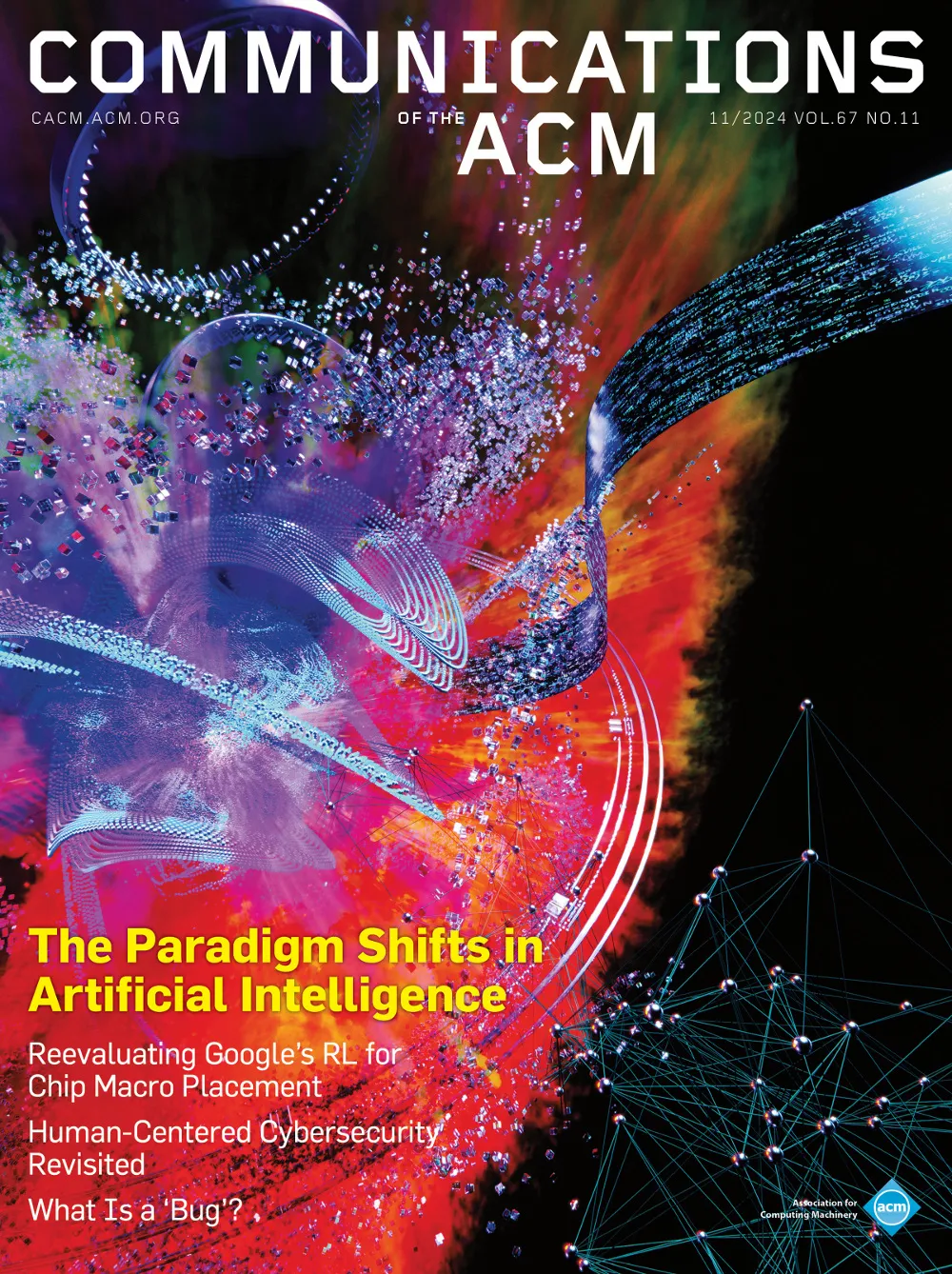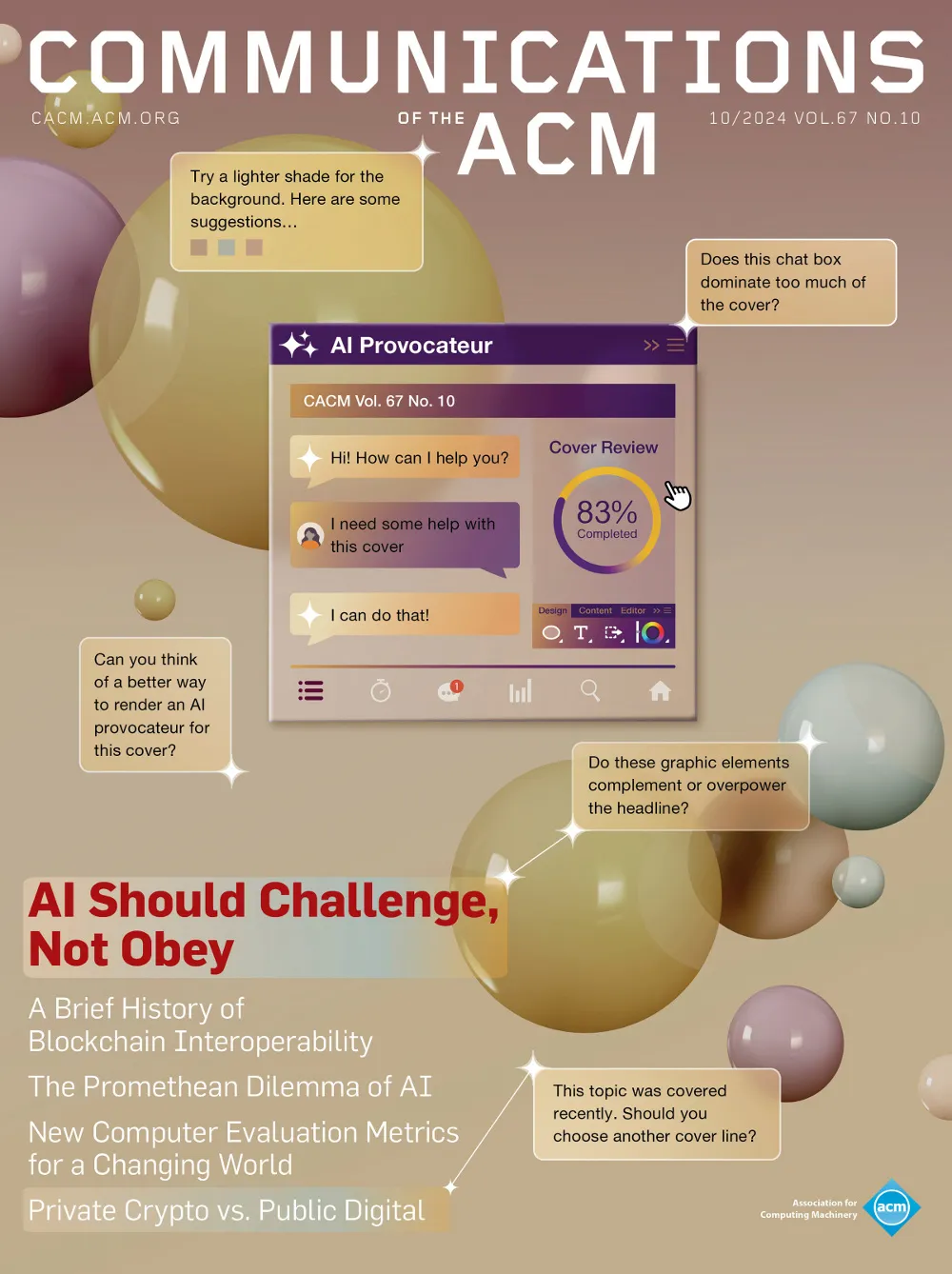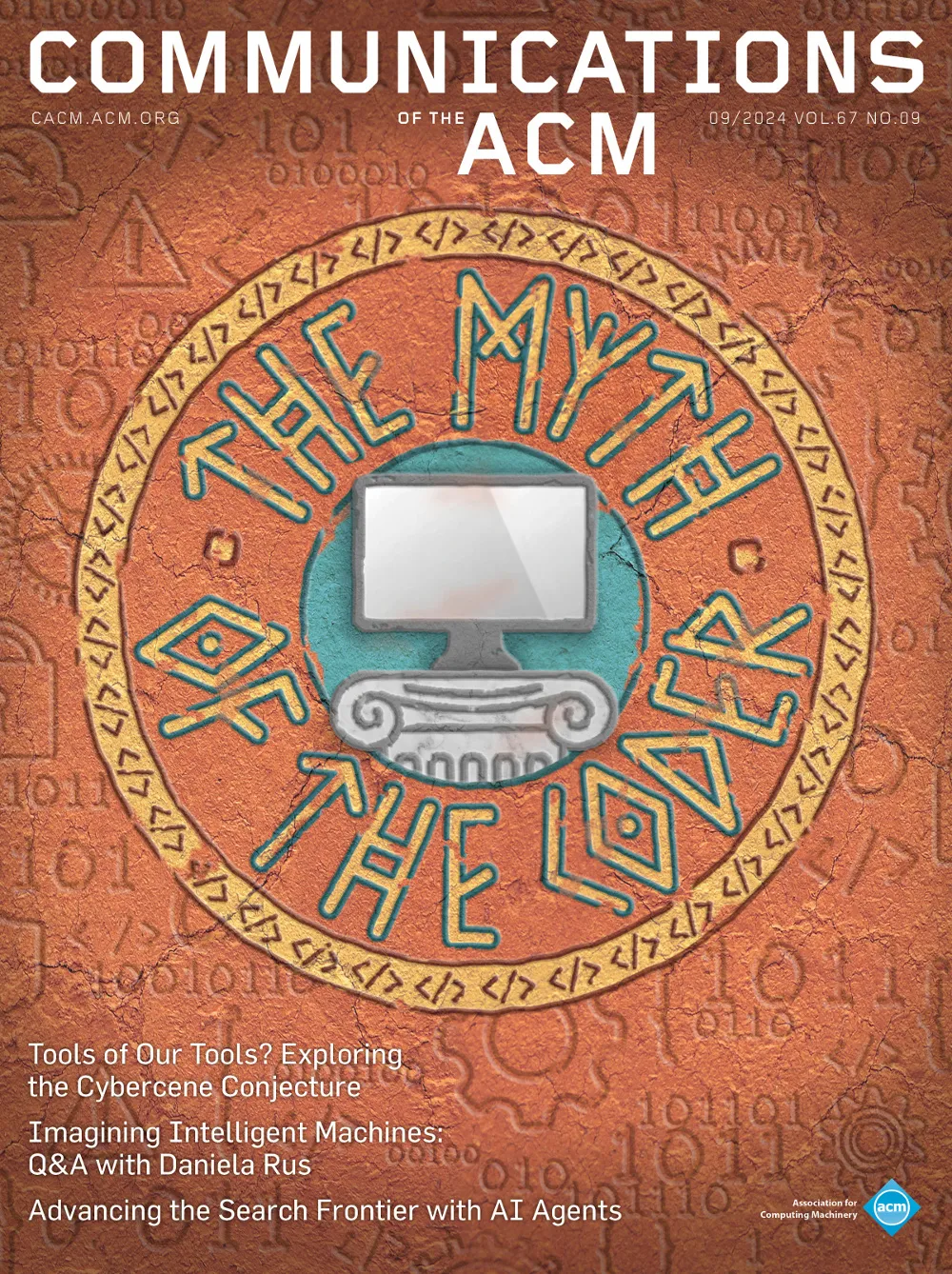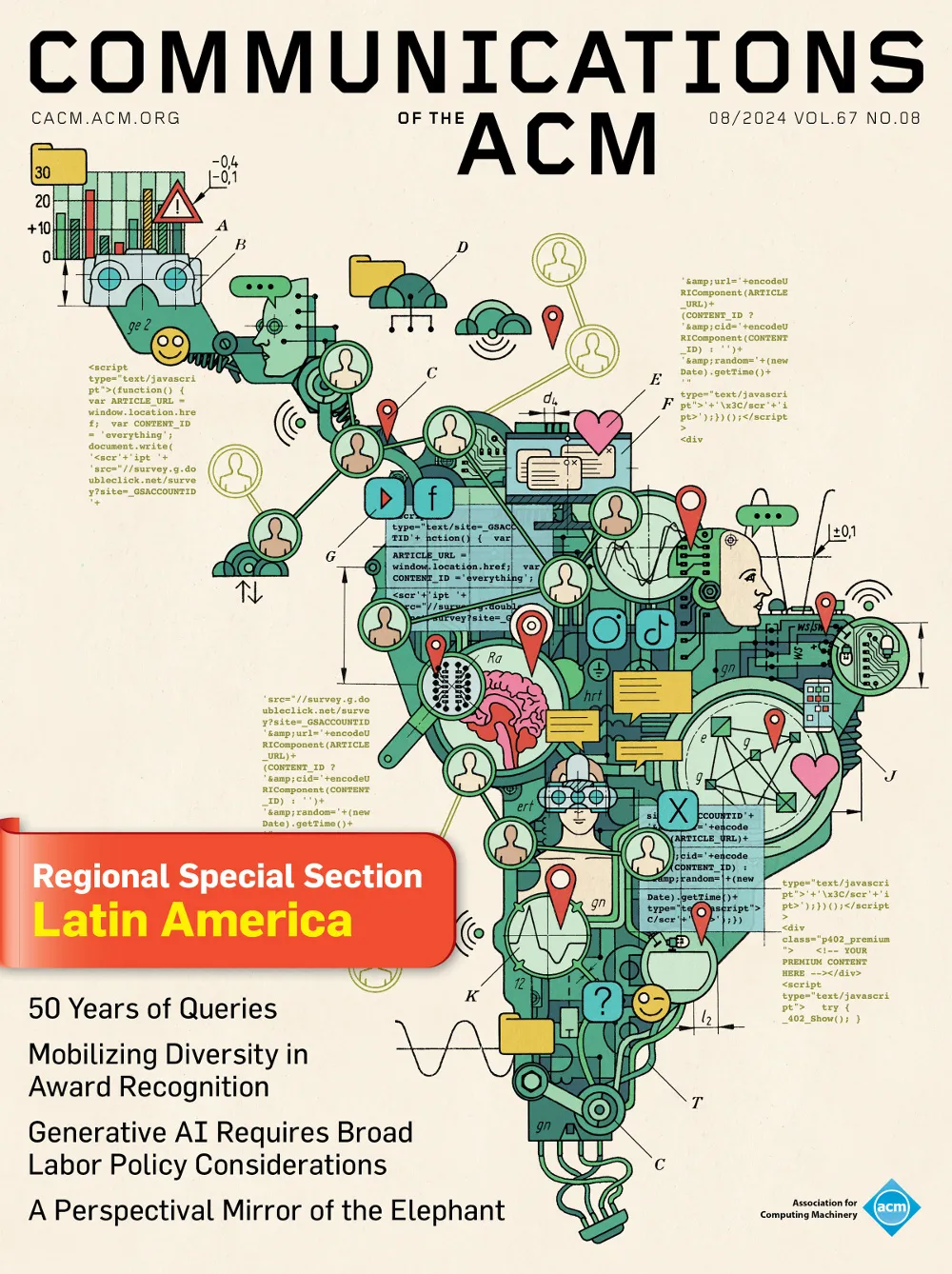June 1977 - Vol. 20 No. 6

Features
Production and employment of Ph.D.’s in computer science—1976
Statistics are presented on the production and employment of Ph.D.'s in computer science for the calendar year 1975-76. Data include profiles of graduate students and of faculty at 60 Ph.D.-producing departments as well as a breakdown of degrees granted by specialty areas. Significant trends are noted and comparisons with comparable data gathered for the 1974-75 calendar year are made.
Experimental investigations of the utility of detailed flowcharts in programming
This paper describes previous research on flowcharts and a series of controlled experiments to test the utility of detailed flowcharts as an aid to program composition, comprehension, debugging, and modification. No statistically significant difference between flowchart and nonflowchart groups has been shown, thereby calling into question the utility of detailed flowcharting. A program of further research is suggested.
The system for business automation (SBA): programming language
The system for business automation (SBA) is a system within which application experts—nonprogrammers—can describe and execute their applications on a computer. The user of SBA views his application as manipulation of information in two-dimensional pictures of tables, business forms, and reports on a display terminal. He can gradually automate this application by giving “examples” to the system of how he manually manipulates the information. The Query-by-Example database language is a subset of the SBA programming language.
Abstract data types and the development of data structures
Abstract data types can play a significant role in the development of software that is reliable, efficient, and flexible. This paper presents and discusses the application of an algebraic technique for the specification of abstract data types. Among the examples presented is a top-down development of a symbol table for a block structured language; a discussion of the proof of its correctness is given. The paper also contains a brief discussion of the problems involved in constructing algebraic specifications that are both consistent and complete.
Database abstractions: aggregation
Aggregation is introduced as an abstraction which is important in conceptualizing the real world. Aggregation transforms a relationship between objects into a higher-level object. A new data type, called aggregate, is developed which, under certain criteria of “well-definedness,” specifies aggregation abstractions. Relational databases defined as collections of aggregates are structured as a hierarchy of n-ary relations. To maintain well-definedness, update operations on such databases must preserve two invariants. Well-defined relations are distinct from relations in third normal form. It is shown that these notions are complementary and both are important in database design. A top-down methodology for database design is described which separates decisions concerning aggregate structure from decisions concerning key identification. It is suggested that aggregate types, and other types which support real-world abstractions without introducing implementation detail, should be incorporated into programming languages.
Some ideas on data types in high-level languages
A number of issues are explored concerning the notion that a data type is a set of values together with a set of primitive operations on those values. Among these are the need for a notation for iterating over the elements of any finite set (instead of the more narrow for i := 1 to n notation), the use of the domain of an array as a data type, the need for a simple notation for allowing types of parameters to be themselves parameters (but in a restrictive fashion), and resulting problems with conversion of values from one type to another.
Two algorithms are presented for implementing any of a class of buddy systems for dynamic storage allocation. Each buddy system corresponds to a set of recurrence relations which relate the block sizes provided to each other. Analyses of the internal fragmentation of the binary buddy system, the Fibonacci buddy system, and the weighted buddy system are given. Comparative simulation results are also presented for internal, external, and total fragmentation.
A bounded storage algorithm for copying cyclic structures
A new algorithm is presented which copies cyclic list structures using bounded workspace and linear time. Unlike a previous similar algorithm, this one makes no assumptions about the storage allocation system in use and uses only operations likely to be available in a high-level language. The distinctive feature of this algorithm is a technique for traversing the structure twice, using the same spanning tree in each case, first from left to right and then from right to left.
Notes on recursion elimination
Various methods of recursion elimination are applied to the schematic recursive procedure:
proc S(x); px then N(x); S(ƒx); S(gx); M(x) fi. Procedures with this general form arise in connection with tree traversal and sorting algorithms. Each method of recursion removal involves the use of one or more stacks, and the solutions are compared on the basis of their running time.



